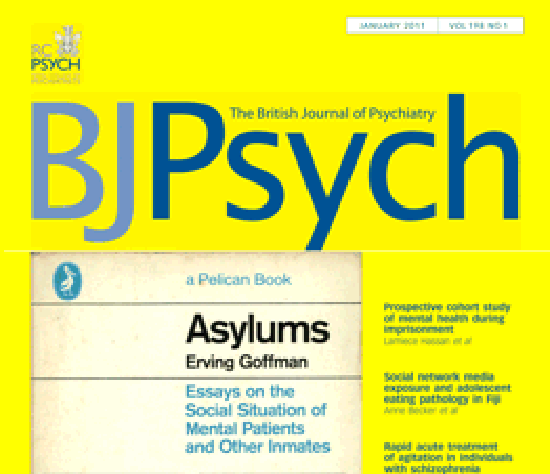
Declaration of interest
None.
Background
Mass media exposure has been associated with an increased risk of eating pathology. It is unknown whether indirect media exposure – such as the proliferation of media exposure in an individual’s social network – is also associated with eating disorders.
Aims
To test hypotheses that both individual (direct) and social network (indirect) mass media exposures were associated with eating pathology in Fiji.
Method
We assessed several kinds of mass media exposure, media influence, cultural orientation and eating pathology by self-report among adolescent female ethnic Fijians (n = 523). We fitted a series of multiple regression models of eating pathology, assessed by the Eating Disorder Examination Questionnaire (EDE–Q), in which mass media exposures, sociodemographic characteristics and body mass index were entered as predictors.
Results
Both direct and indirect mass media exposures were associated with eating pathology in unadjusted analyses, whereas in adjusted analyses only social network media exposure was associated with eating pathology. This result was similar when eating pathology was operationalised as either a continuous or a categorical dependent variable (e.g. odds ratio OR = 1.60, 95% CI 1.15–2.23 relating social network media exposure to upper-quartile EDE–Q scores). Subsequent analyses pointed to individual media influence as an important explanatory variable in this association.
Conclusions
Social network media exposure was associated with eating pathology in this Fijian study sample, independent of direct media exposure and other cultural exposures. Findings warrant further investigation of its health impact in other populations.
Correspondence: Correspondence: Anne E. Becker, MD, PhD, ScM, Vice Chair, Department of Global Health and Social Medicine, Harvard Medical School, 641 Huntington Ave, Boston, MA 02115, USA. Email:
anne_becker@hms.harvard.edu
Becker, Anne (2011). Social network media exposure and adolescent eating pathology in Fiji. The British Journal of Psychiatry, 198: 43-50. doi:
10.1192/bjp.bp.110.078675 © 2011 The Royal College of Psychiatrists. Full text available @ http://bjp.rcpsych.org/cgi/content/full/198/1/43


